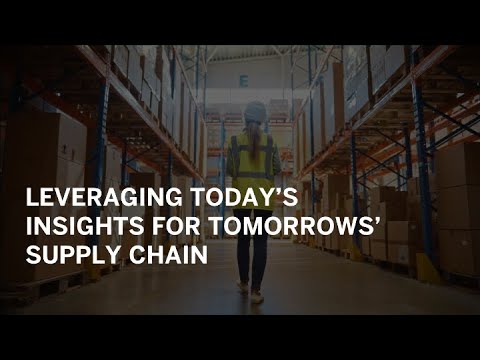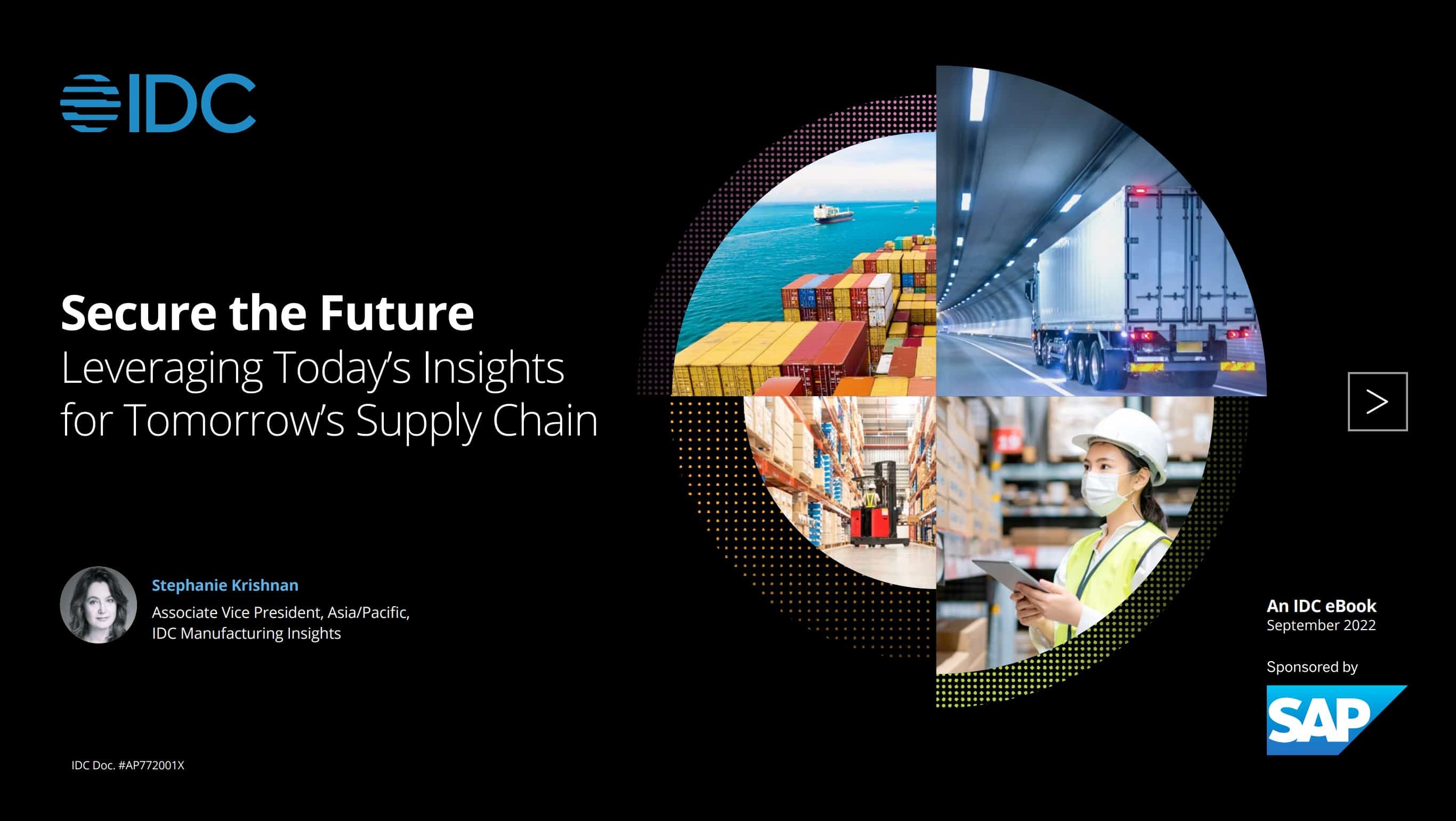It wasn’t so long ago that many of us bookended our workday sitting in traffic or piled into a crowded commuter train or bus. If you were like me, you spent countless hours in airports, shuttling from one customer meeting to the next or, on non-travel days, just getting to the office.
That’s just how we did it; there was no other option. Or so it seemed.
Then came the pandemic. Businesses were forced to figure out at a moment’s notice how to stay productive despite closed offices, necessitating many of their on-site people to work at home in spare bedrooms, kitchens, and basements.
Of course, we have had the means to work remotely for a long time. I’ll never forget the first time I attached a whiny modem to a phone line so I could work remotely from my apartment. And like it or not, video conferencing has been around for years.
The pandemic took things to a whole new level. It was like a wake-up call that prompted us to question our long-held beliefs about jobs, locations, and careers.
A new eBook from IDC, sponsored by SAP, takes a closer look at the lasting effects of our pandemic wake-up call. Secure the Future: Leveraging Today’s Insights for Tomorrow’s Supply Chain examines how the disruptions of the past few years have impacted the world’s supply chains and how businesses have been forced to adapt. It also offers forward-looking strategies to increase workforce resiliency in times of disruption.
What We Learned from the Pandemic — and What It Means for the Future of Work
Workers want flexibility. For many workers, this was their first opportunity to prove to themselves and their employers that remote work is not only possible, but it can also be effective. Many also found that working remotely could lead to a better work/life balance. People have come to like the idea that they don’t have to commute to the office every day. They also like having a more flexible schedule to accommodate other aspects of their lives.
This need for flexibility impacts the way we work in different ways. Workers are now more likely to ask to work remotely as a term of employment. Alternatively, employers have more flexibility in recruiting because remote working removes geography as a factor in hiring. For example, if you’re staffing a software development project where the core team is based in Chicago, you aren’t precluded from hiring a developer in Toronto or someone in the far suburbs. It also frees you to consider contingent workers to fill specific skill gaps for a defined period of time.
Workers are reevaluating what they want from their careers. For so many of us, the harsh realities of the pandemic have been a rude awakening, showing just how quickly life can shift from “normal routines” to something completely foreign. You start thinking, “What am I doing with my life? Why am I so engrossed with my work? Am I in the right job, or should I be doing something else? How can I make time in the day to do other things that I just can’t seem to get to?”
I’m sure this has helped fuel what we have come to know as “the Great Resignation.” But I would like to think of this as more of a great adaptation than resignation. Many people are no longer interested in working insane hours to make big money, stuck to one company, location, or job. Instead, they’re asking what they can do to enjoy their working life, or is it “life while working”?
As economic conditions change, it’s not clear who has the upper hand. Clearly, the exodus of workers during the pandemic put many employers on the defensive. But continuing inflation, fears of recession, and the coinciding possibility of fewer employment opportunities are giving workers reason to reconsider jumping ship.
Job growth in the U.S. has been very strong, with the nation returning to its pre-pandemic employment level in July. Earlier this month, the U.S. Department of Labor reported that employers added 315,000 jobs in August, which was lower than the month before but still represents significant growth. It’s unclear how many of these jobs are new and how many are the result of early retirements or workers who have chosen other paths, such as doing gig work or joining the contingent workforce.

What Employers Are Doing to Avoid Talent Shortages
Regardless of where the economy takes the job market in the coming months and years, employers have been put on notice by the hard-earned lessons of the pandemic and the Great Resignation. From its most recent research, IDC has identified key strategies organizations are adopting to mitigate the risk of talent shortages. They include:
- Strategic workforce planning: Organizations are emphasizing strategic workforce planning to balance job requirements with the necessary organizational capabilities. This includes evaluating the need to operate functions remotely with centralized capabilities that leverage talent across multiple geographies and worksites.
- Hybrid work models: Nearly all industries, including those which have never before been considered to have remote-work potential, are evolving and innovating to adapt to the demand for hybrid work. For instance, the pandemic has driven manufacturing to embrace a mix of in-office and remote working. IDC predicts that by 2023, 40% of G2000 companies will develop all new processes based on remote-first designs.
- Employee training and engagement: To retain employees and increase skills, businesses continue to invest in training and certification. Additionally, they are using sustainability programs and technology adoption to increase engagement, enable transparency, and build a culture of trust and innovation. The emphasis is on working with technology rather than technology replacing the meaningful components of work.
- Improved recruitment practices: Organizations are proactively building and expanding candidate pipelines, regardless of current hiring needs. They’re also enhancing the interviewing and sourcing skills of hiring managers, automating recruitment practices, partnering with educational institutions, and using apprenticeships to cultivate a wider talent pool.
- The contingent workforce: Organizations that face a shortage of local talent may end up outsourcing jobs internationally or contracting parts of their processes to a third party. If they lack in-house skills, they might also hire contract workers or turn to managed services to supplement their workforce. Organizations are also turning to contingent labor to right-size the number of employees on the payroll and give them the ability to flex. Using contingent workers or SOW-based contracts offers businesses the flexibility to act nimbly when business requirements change. Technology enables these organizations to predict requirements for contingent workers, strategize their onboarding, track their productivity and performance, and balance labor requirements with outcomes.
A Workforce in Progress
Adapting to the changes in the workforce we have seen over the past few years is a work in progress. Worker attitudes will evolve, as will business strategies to address them. Technology solutions that organizations use to stay ahead of the trends will continue to prove invaluable to forward-looking business leaders as they navigate the ever-changing landscape of the post-pandemic workforce.
Vish Baliga is chief technology officer at SAP Fieldglass.




